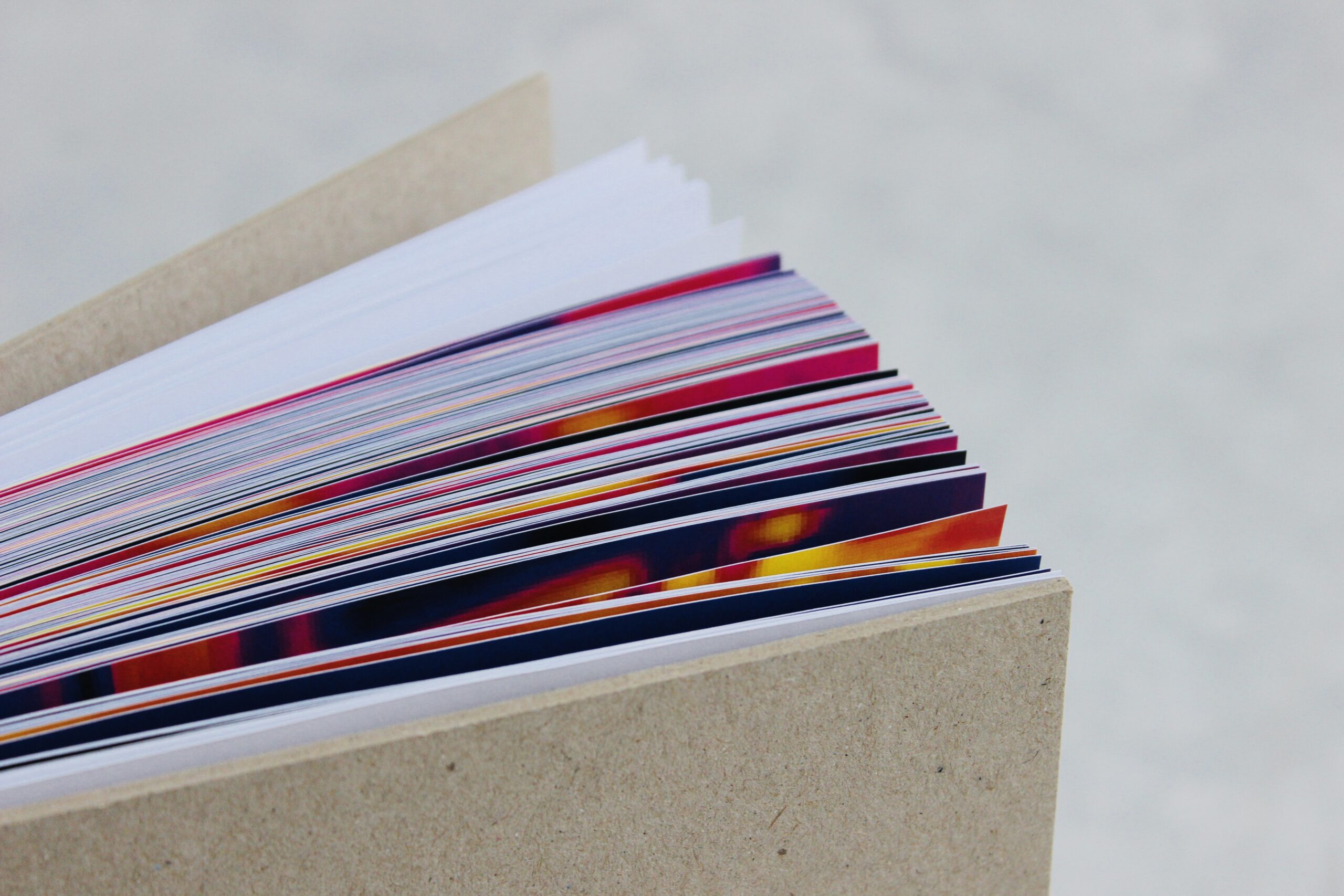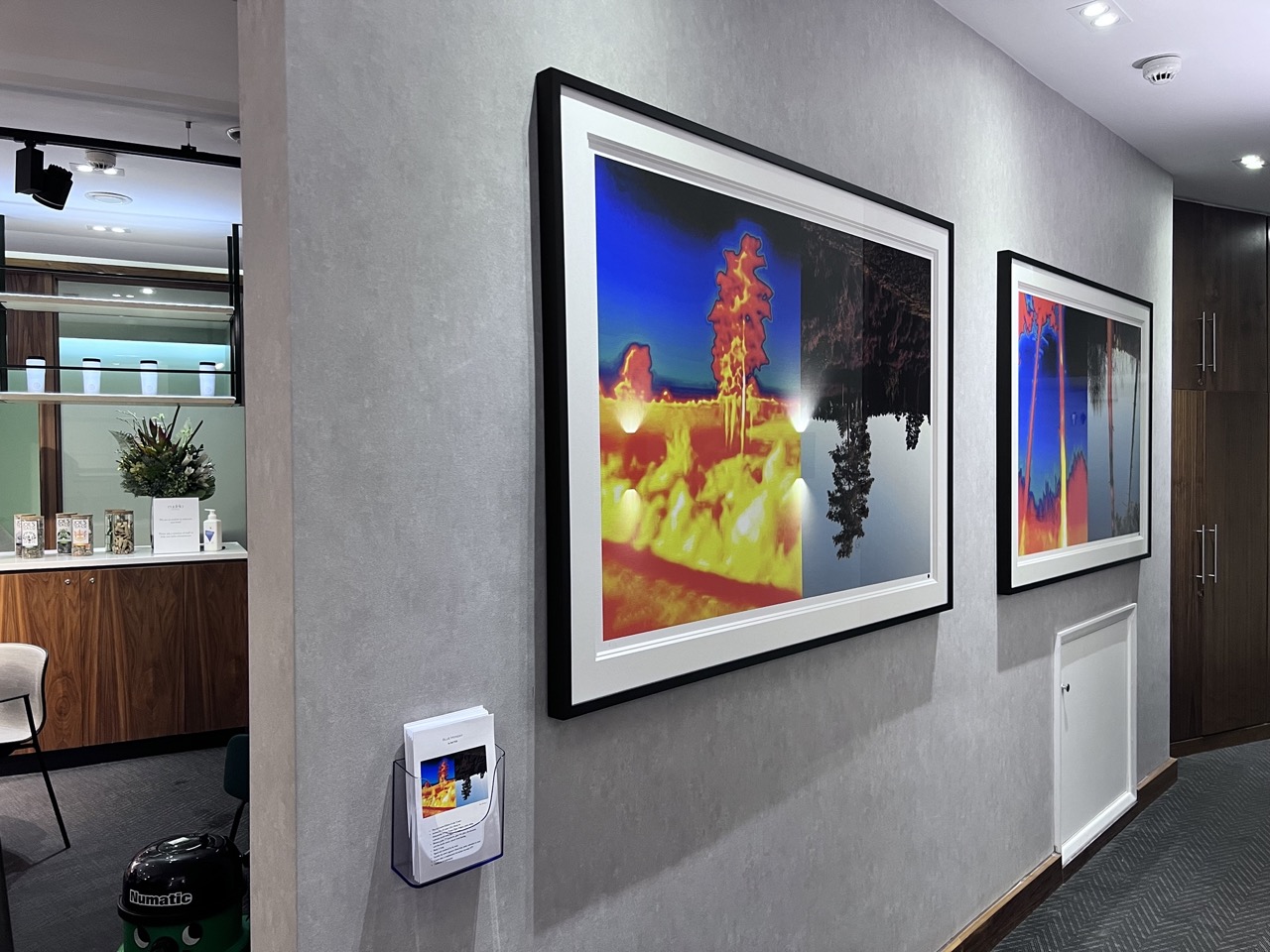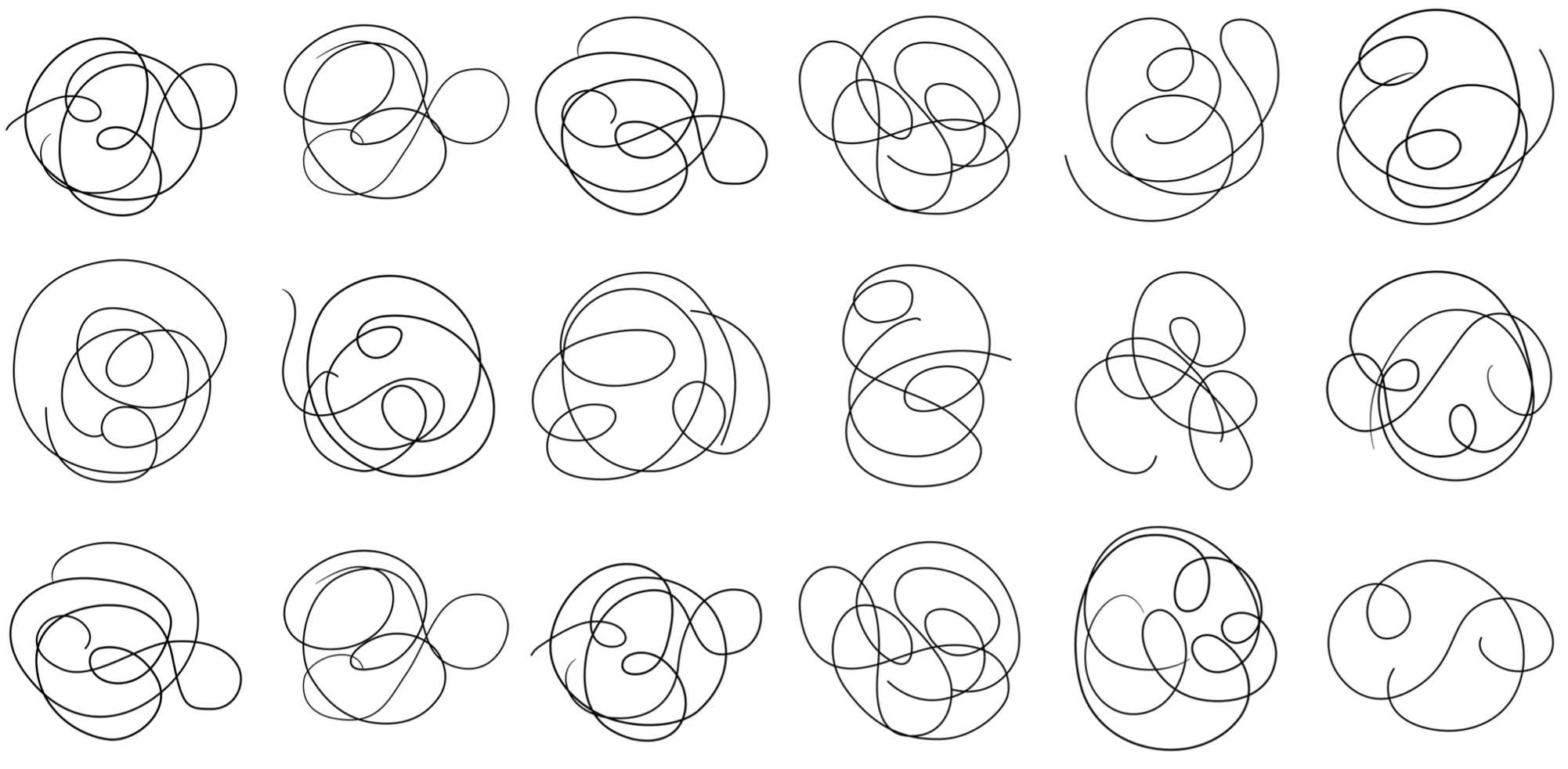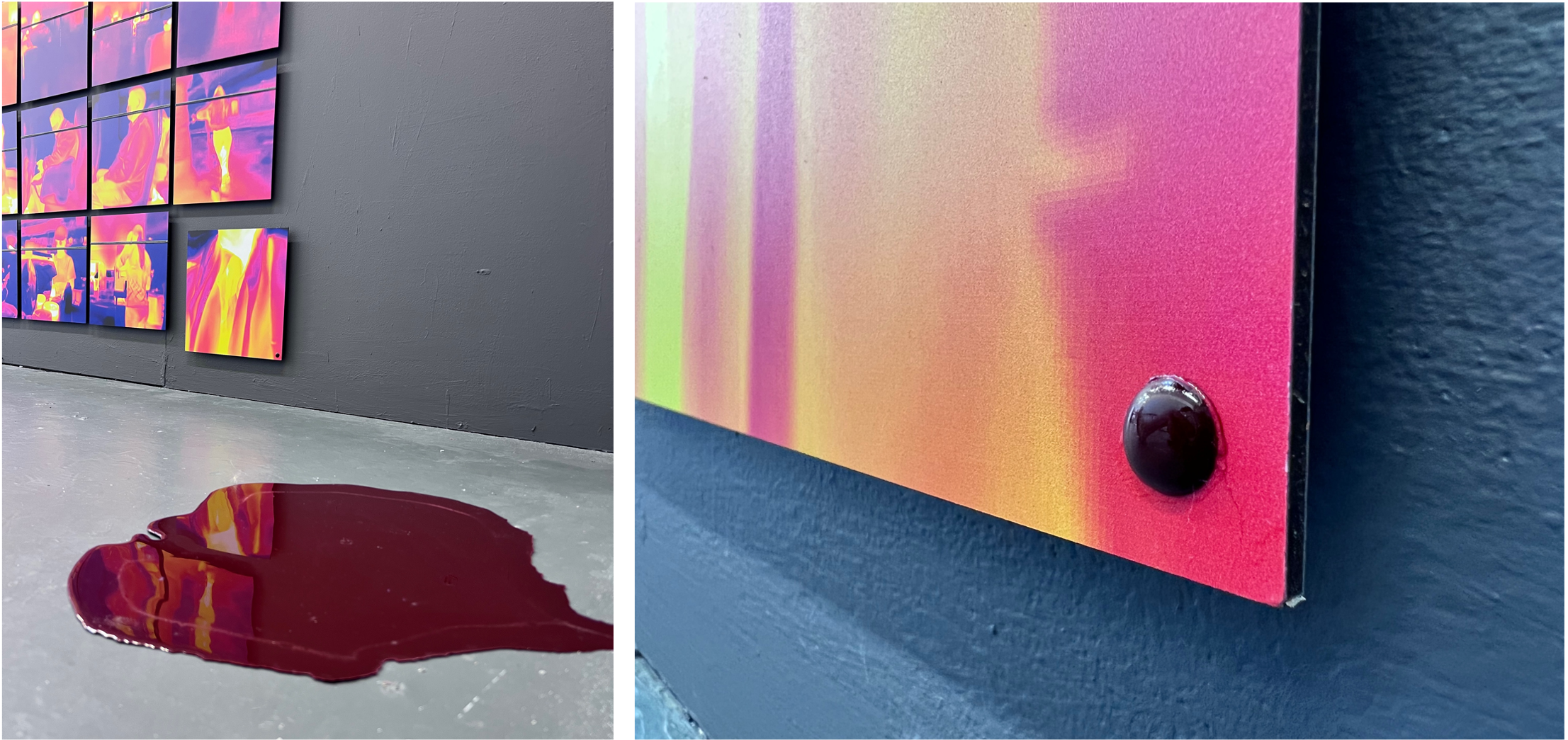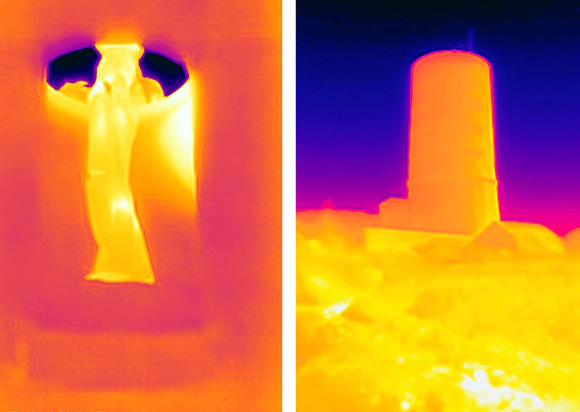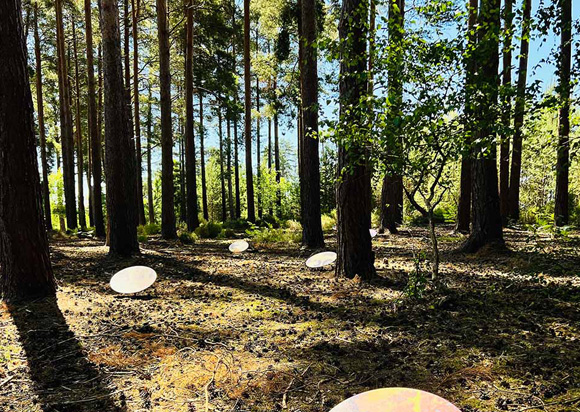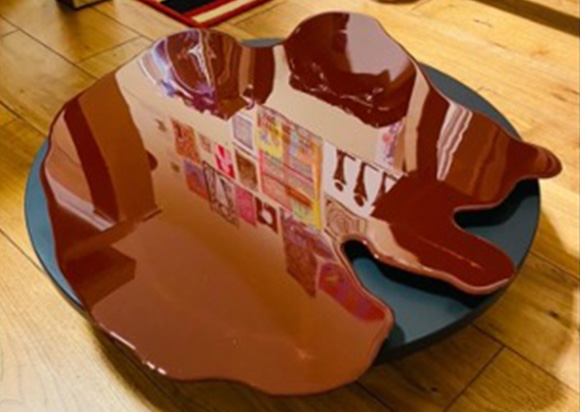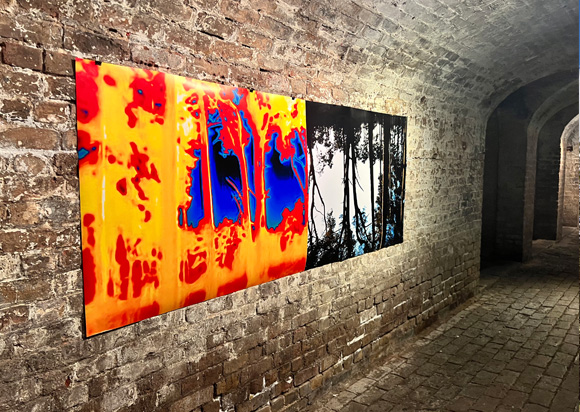
Stef Will
• 24 August 2022
It’s done!
I can’t tell you how happy and relieved I am that after months of hard work, it’s finally done – the ‘Final Major Project’ of my MA Fine Art is completed and installed! It’s a large-scale installation called ‘Untitled (111 Subjects)’. The show opens on Friday, 26th August 2022 at 5pm with a private view (UCA Farnham campus) – you are very welcome to attend.
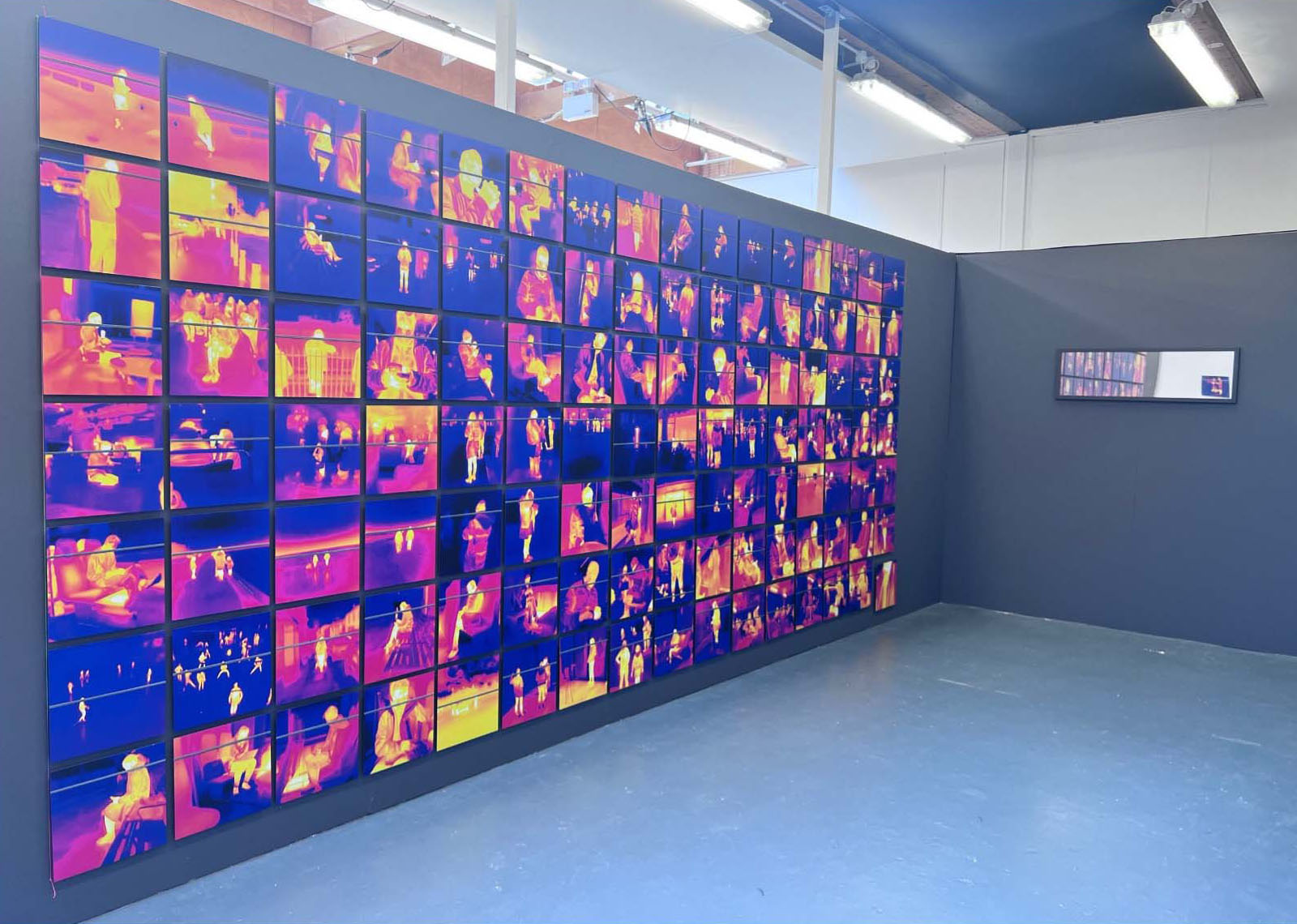
‘Untitled (111 Subjects)’ investigates the algorithmic gaze in relation to power and control. In just over three months, I covertly observed, indexed, and archived 111 people unintentionally encountered in public spaces, following a set of self-imposed rules of engagement. The work appropriates the surveillance aesthetics of the thermal lens to invite conversations about structures of power and control. And the project was of course performed in a distinct period of history, one of global introduction of autocratic control measures under the guise of ‘safety’.
In addition to being covertly photographed using a far-infrared camera, each subject’s skin temperature was measured (contactless), and a set of observational data was documented.
Infrared imaging is widely used in CCTV, surveillance, and night vision systems, and has been employed by other artists such as in Richard Mosse’s project ‘Infra’ (2012), documenting the conflict in Eastern Congo (below left). However, the infrared camera used in ‘Untitled (111 Subjects)’ detects radiation from in the far-infrared region of the electromagnetic spectrum (below right), while traditional night vision cameras cover the (higher frequency and therefore much closer to visible light) near-infrared region. Therefore, in contrast to near-infrared cameras, which effectively still show the visible and touchable surface of the body, the far-infrared lens used in ‘Untitled (111 Subjects)’ makes invisible aspects of the body and objects in the landscape visible, namely the thermal energy field surrounding these. The latter therefore allows the viewer to see things that are normally not seen, but felt (i.e. heat).
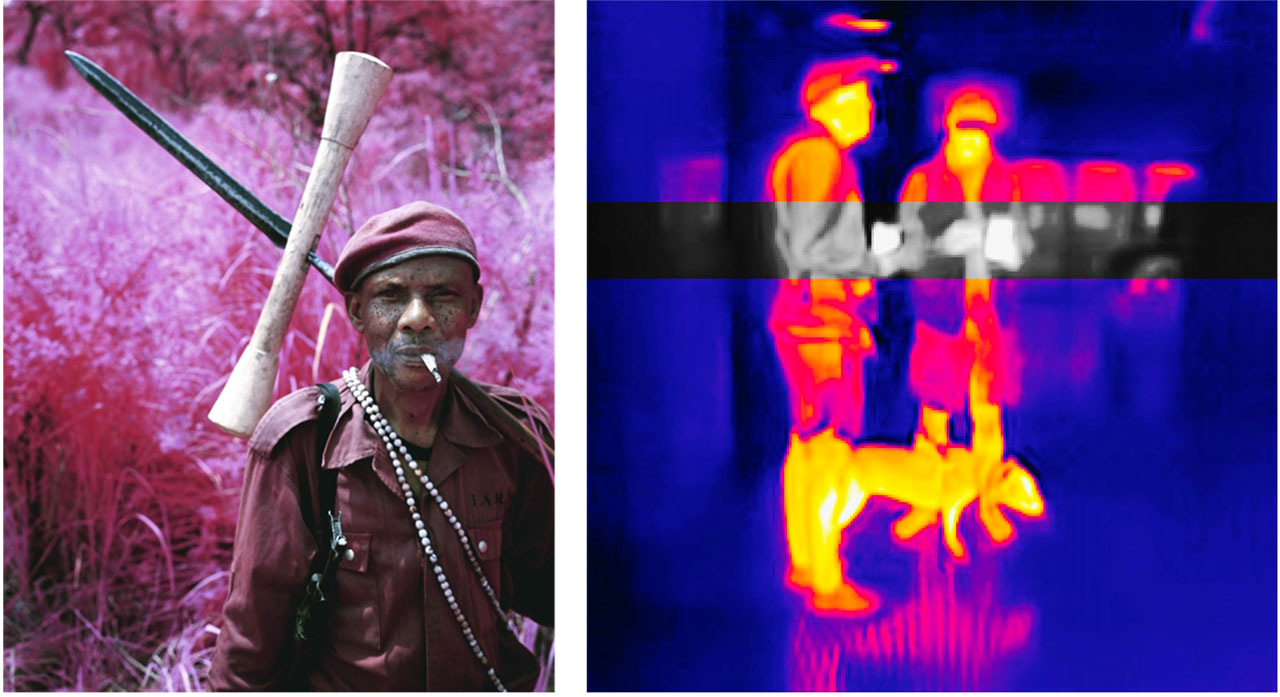
As the thermal energy field surrounding the subjects’ body in ‘Untitled (111 Subjects)’ is poorly defined, even merging with its surrounding, far-infrared images appear diffuse, leaving the human figure looking unfamiliar and ambiguous. This unfocused appearance speaks of dematerialisation, a heritage shared with dematerialisation of the art object in conceptual art. The low-resolution aesthetics in ‘Untitled (111 Subjects)’ also advocates against the fetishisation of high-definition, perfect images. Focus and resolution “as a class position”, as Hito Steyerl calls it, leads to the modern-day hierarchy of images, she says. The ‘poor image’ on the other hand, is according to Steyerl, the underdog of images, a non-conformist rebel, a marginalised maverick, experimental, even revolutionary in its nature, and therefore supporting disruptive movements of thought.
I leave you with that thought for today, but there is so much more I want to tell you about my work, for example about the curation, the accompanying audio, the double-wall with one-way mirror etc etc. Watch this space!
